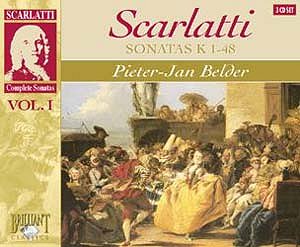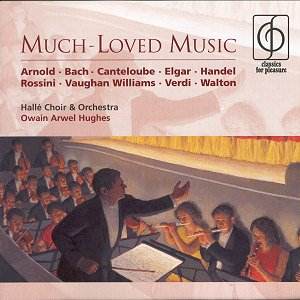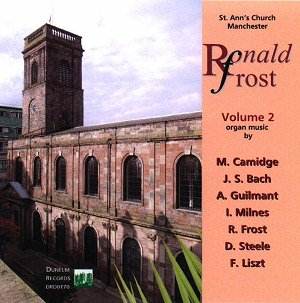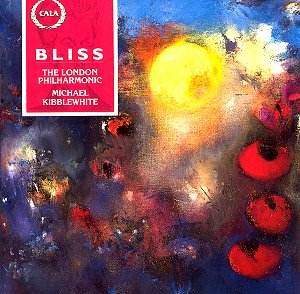 Composer: Domenico Scarlatti
Composer: Domenico Scarlatti
Works: Complete Keyboard Sonatas Vol. 1 (Sonatas K. 1-48)
Performers: Pieter-Jan Belder, harpsichord
Recording: Autumn 2000, Remonstrantse Kerk, Deventer
Label: Brilliant Classics
Domenico Scarlatti, born into the bustling musical milieu of Naples in 1685, is often overshadowed by his contemporaries Bach and Handel, yet his contributions to keyboard music are nothing short of revolutionary. The sonatas compiled in this first volume of a projected complete set—555 in total—offer a vivid snapshot of his late style, showcasing a remarkable evolution from the more conventional church music of his youth to the exuberant, dance-infused miniatures that define his mature output. Scarlatti’s works, largely composed during his time in Spain, eschew the multi-movement conventions of the classical sonata form, embracing instead a more spontaneous and vibrant approach that reflects the lively spirit of the Baroque era.
Pieter-Jan Belder’s interpretation of these sonatas is refreshingly dynamic and engaging. His touch is characteristically light, allowing the intricate counterpoint and rapid figuration inherent in Scarlatti’s writing to emerge with clarity and precision. For instance, in Sonata K. 3 in A minor, Belder navigates the rapid passages with an effortless agility that highlights the inherent rhythmic drive. His phrasing is particularly noteworthy; he employs subtle nuances that enhance the dance-like qualities of each piece, effectively capturing the spirit of the high Baroque. The juxtaposition of rapid allegros with more reflective moments, such as in K. 32, which Belder approaches with a delicate touch, underscores his capacity to balance exuberance with lyricism.
The recording quality is commendable, with a warm, resonant sound that allows the rich tonal palette of the harpsichord to shine. The engineering captures the instrument’s nuances beautifully, from the crisp attacks of the fast passages to the softer, more introspective moments. Belder’s instrument, likely a modern replica of a period harpsichord, provides a sonorous depth that enhances the musical textures without overwhelming the clarity of the individual lines. This careful attention to sound quality distinguishes this recording from others, such as Scott Ross’s esteemed interpretations, which, while groundbreaking, occasionally lack the vibrant immediacy that Belder achieves.
Comparisons to Scott Ross’s complete recordings are inevitable, given that Ross’s monumental effort remains a reference point in Scarlatti interpretation. While Ross offers a grander vision of the complete set, Belder’s approach is refreshingly personal and immediate, often reveling in the playful nature of Scarlatti’s compositions. His performances may not possess the same overarching narrative that Ross achieves, but they more than compensate with a vivacity that is infectious. Belder’s ability to imbue each sonata with its unique character ensures that listeners remain engaged throughout the journey.
The first volume of Pieter-Jan Belder’s undertaking to record all of Scarlatti’s keyboard sonatas is a significant achievement. While it may take several years to complete this ambitious project, the initial offering stands as a testament to both the vitality of Scarlatti’s music and the interpretive prowess of Belder. This recording is not merely another addition to the catalog of Scarlatti performances; it is a vibrant exploration of his genius, making it essential listening for both seasoned aficionados and newcomers alike.



